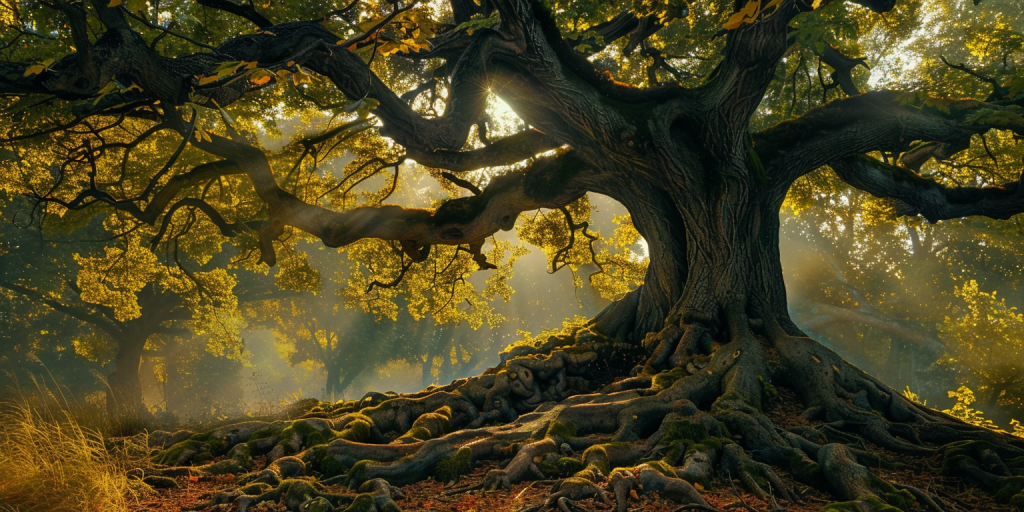
The Genesis of “The Madman”
Overview of “The Madman” within Gibran’s Literary Journey
When Kahlil Gibran decided to share his musings with the world in “The Madman”, he wasn’t just throwing a bunch of random thoughts on paper. Nope, this was his bold jump into the unknown waters of English literature, and oh boy, did he make a splash! Picture this: You’re Gibran, already buzzing in the literary circles for your works in Arabic, and then you decide, “Let’s shake things up a bit.” That’s exactly what “The Madman” was—a shake-up.
Unmasking “The Madman”
The Story Behind Gibran’s Decision to Title This Collection “The Madman”
In a bold move that left many scratching their heads, Kahlil Gibran, the literary wizard, decided to call his English debut “The Madman.” Why, you ask? Well, it wasn’t because he had nothing better to do. Gibran was on a mission. He wanted to shake things up, challenge the status quo, and let’s be honest, possibly enjoy a bit of the stir he knew he’d cause. Tired of the same-old, Gibran thought, “Let’s get real with people. Let’s talk about what it means to truly be free, to toss aside society’s expectations and find out who we really are.” And so, “The Madman” was born, not just as a collection of texts but as a manifesto calling for a revolution of the self.
Key Themes and Insights
Analysis of Central Themes: The Illusion of Societal Norms, The Quest for Inner Freedom, and The Essence of True Self
Kahlil Gibran’s “The Madman” isn’t just a book; it’s a no-holds-barred journey into the depths of what makes us tick, wrapped in a deceptively simple package. Gibran takes us by the hand and skips merrily into the maze of human psyche, challenging every signpost of societal norms as if to say, “Hey, who put these here?”
At its core, the collection illuminates the illusion of societal norms—those invisible chains we didn’t know we agreed to wear. It’s like Gibran is whispering, “You don’t have to follow the crowd to the cliff’s edge,” encouraging readers to question why we do what we do. Is it because it’s what we want, or because it’s what we’ve been told to want?
The Parables and Their Meanings
Diving into “The Madman” by Kahlil Gibran is like unpacking a box of mysteries—it’s loaded with parables that’ll make you go “Hmm…” and then, “Aha!” Let’s get real: these aren’t your grandma’s bedtime stories. They’re deep, thought-provoking, and pack a punch of wisdom that’s as relevant today as it was back in Gibran’s time. So, buckle up! We’re about to take a wild ride through some of these parables, unpacking their symbolism and the mind-boggling moral lessons they hold.
Deep Jump into Select Parables from the Collection, Unraveling Their Symbolism and Moral Lessons
First up, imagine waking up one day and all the masks you’ve been juggling—poof!—gone. That’s the kickoff story in “The Madman.” It’s not about Halloween gone wrong. It’s Gibran’s clever way of saying, “Hey, maybe it’s time to face the world as your raw, unfiltered self.” It’s about breaking free from society’s expectations and embracing the beauty of your true identity. If that’s not a call to #BeYourself, what is?
Poetic Expressions in “The Madman”
Kahlil Gibran’s “The Madman” is a treasure trove of tales that strike the soul, but let’s jump into the real jewels: the poetry. These aren’t just any poems; they’re the secret sauce that gives “The Madman” its zing and zest. So, buckle up as we begin on a poetic voyage!
Examination of the Poems Interspersed Throughout the Collection
In “The Madman,” Gibran doesn’t just tell stories. He weaves poetic magic into them, making us pause and think, “Wow, that’s deep.” The poems pop up like delightful surprises in a scavenger hunt, each carrying a nugget of wisdom or a burst of emotion. They’re like secret messages from Gibran, slipped between the lines, waiting to be discovered and marveled at.
These poetic snippets aren’t the kind you need a PhD to decode. They’re strikingly simple yet profound, echoing the universal truths of life, love, and the quest for identity. Imagine finding a piece of a puzzle in every other tale, and when you piece them together, bam! You see the bigger picture of what it means to be truly alive, truly yourself.
Reception and Legacy of “The Madman”
Kahlil Gibran’s “The Madman” has left an indelible mark on literature with its unique blend of poetry and philosophy. Its reception over the years underscores the timeless appeal of Gibran’s exploration of the human condition. The collection’s ability to weave profound wisdom into the fabric of everyday life has resonated with readers globally, making it a cherished work for those on a journey of self-discovery. The legacy of “The Madman” is a testament to the power of words to inspire, challenge, and transform. As readers continue to uncover the hidden treasures within its pages, Gibran’s work remains a guiding light for those seeking to understand the depths of their own identity and the beauty of embracing one’s authenticity.
